Cemeteries and the Lichens that Love Them
This of article of mine was originally featured in Witch Magazine in May 2022
Two of my favorite pastimes are looking for lichens and visiting older cemeteries. Combining the two allows time for casual strolls through graveyards, looking at the lichen and photographing them. My husband likes researching the stories of those buried at the different cemeteries that we visit. My son works part-time, during the summer, doing groundskeeping at an old Victorian-era cemetery, so I have ample time to find lichen. After years of excitedly pointing out different lichens to my husband, “Look, another lichen!”, one day, he stopped and asked, “So, what is a lichen?” I could only explain the reasons that I thought they were beautiful and worthy of my time and attention. I had never really taken the time to research lichens and find out why they populated the cemeteries. They certainly create a more dramatic visage when strolling through, looking at graves that are several hundred years old. Lichens add a touch of color, vibrancy, and life that compel the eye to look closer at the intricacies and details.
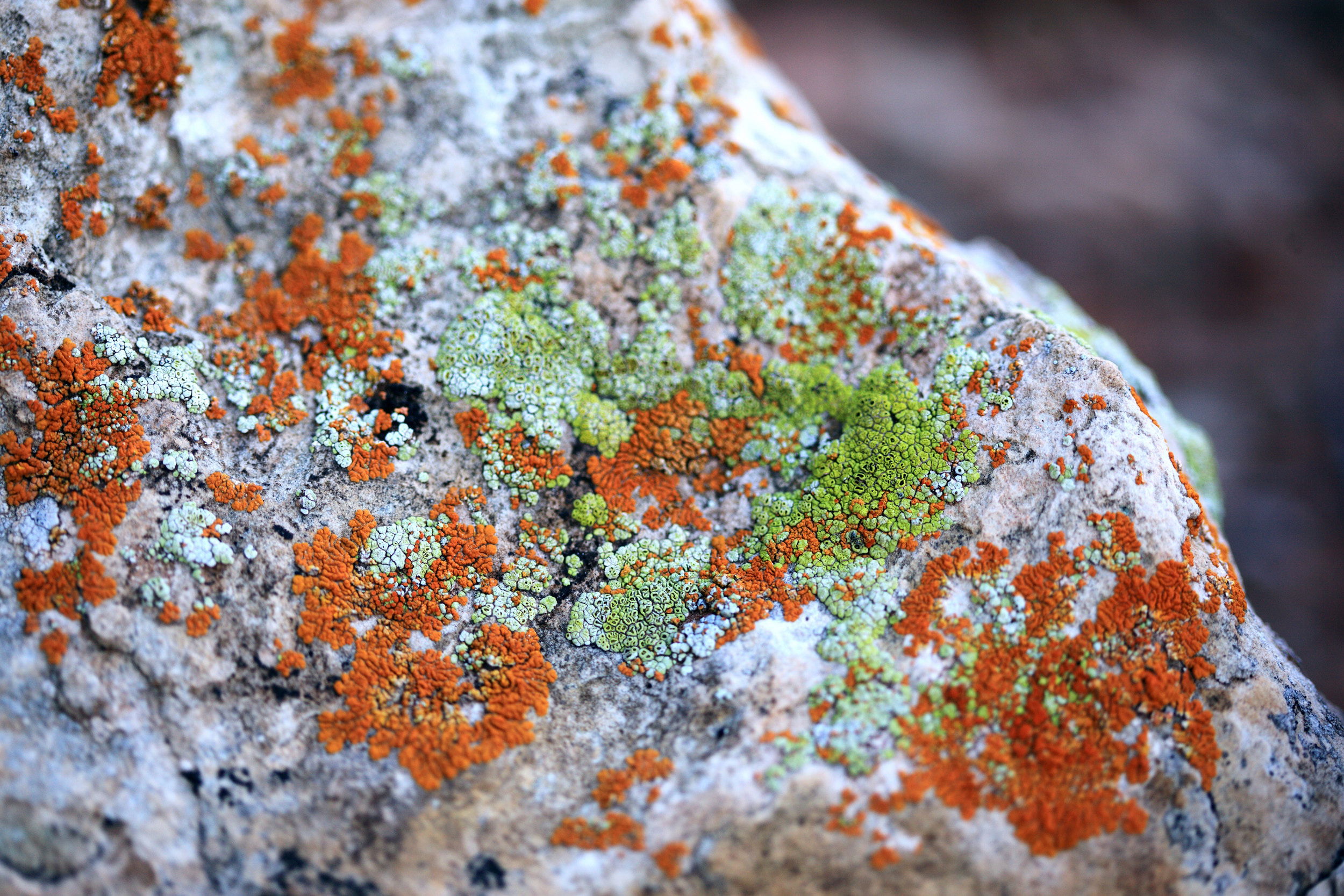
I added reading about and researching lichens, in my amateur naturalist kind of way, to my list of hobbies. Now, when visiting graves and photographing lichens, I can talk, for hours, about lichens. I’m not a scientist, but I am a fervent advocate of appreciating and conserving lichens.
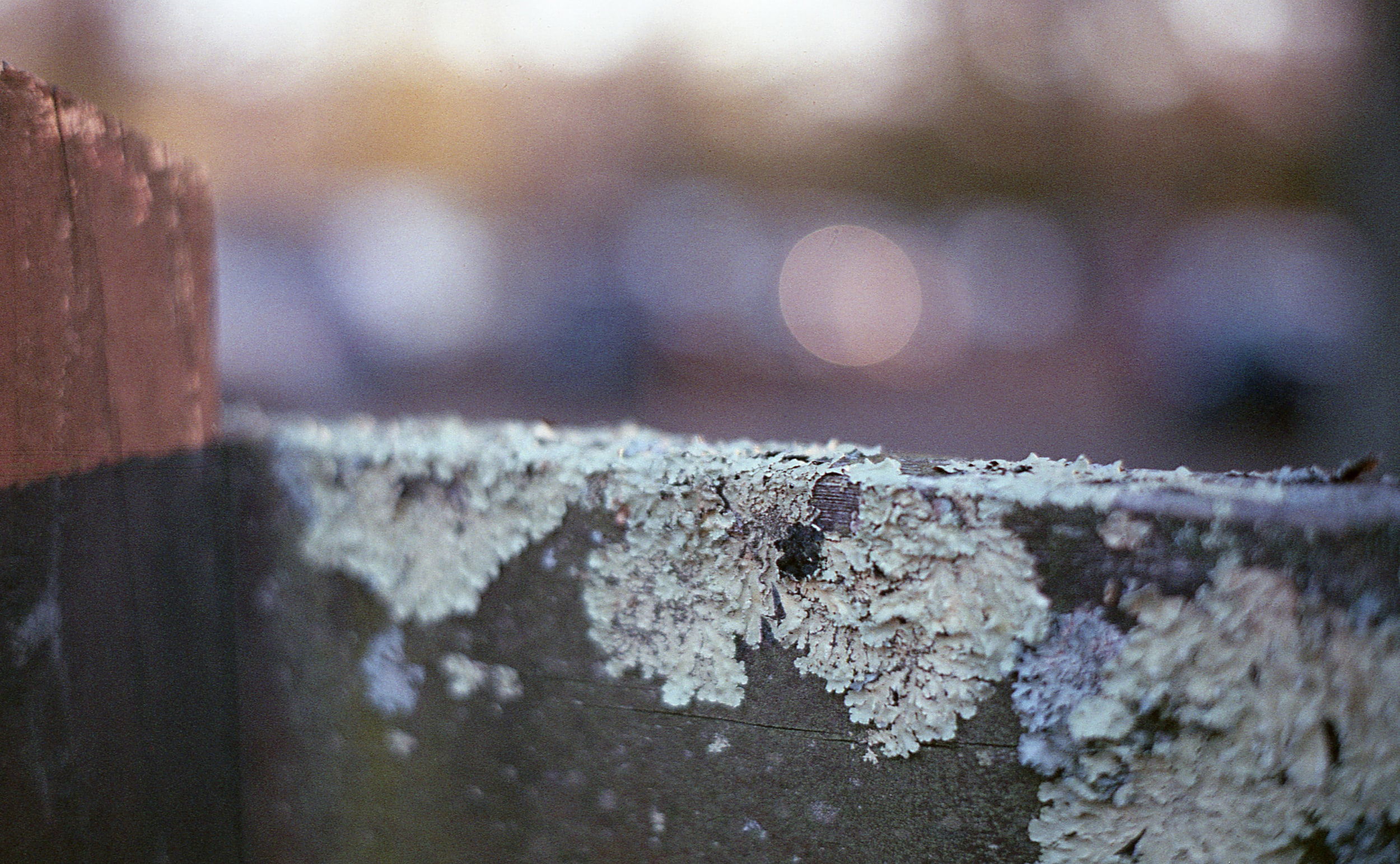
Lichens developed over 250 million years ago. They are one of the first living things that crossed over from the aquatic environment and adapted to living on land. Approximately 14,000 species of lichen exist and many are found in barren areas. They grow in colonies and can live for decades, while many can live for centuries.
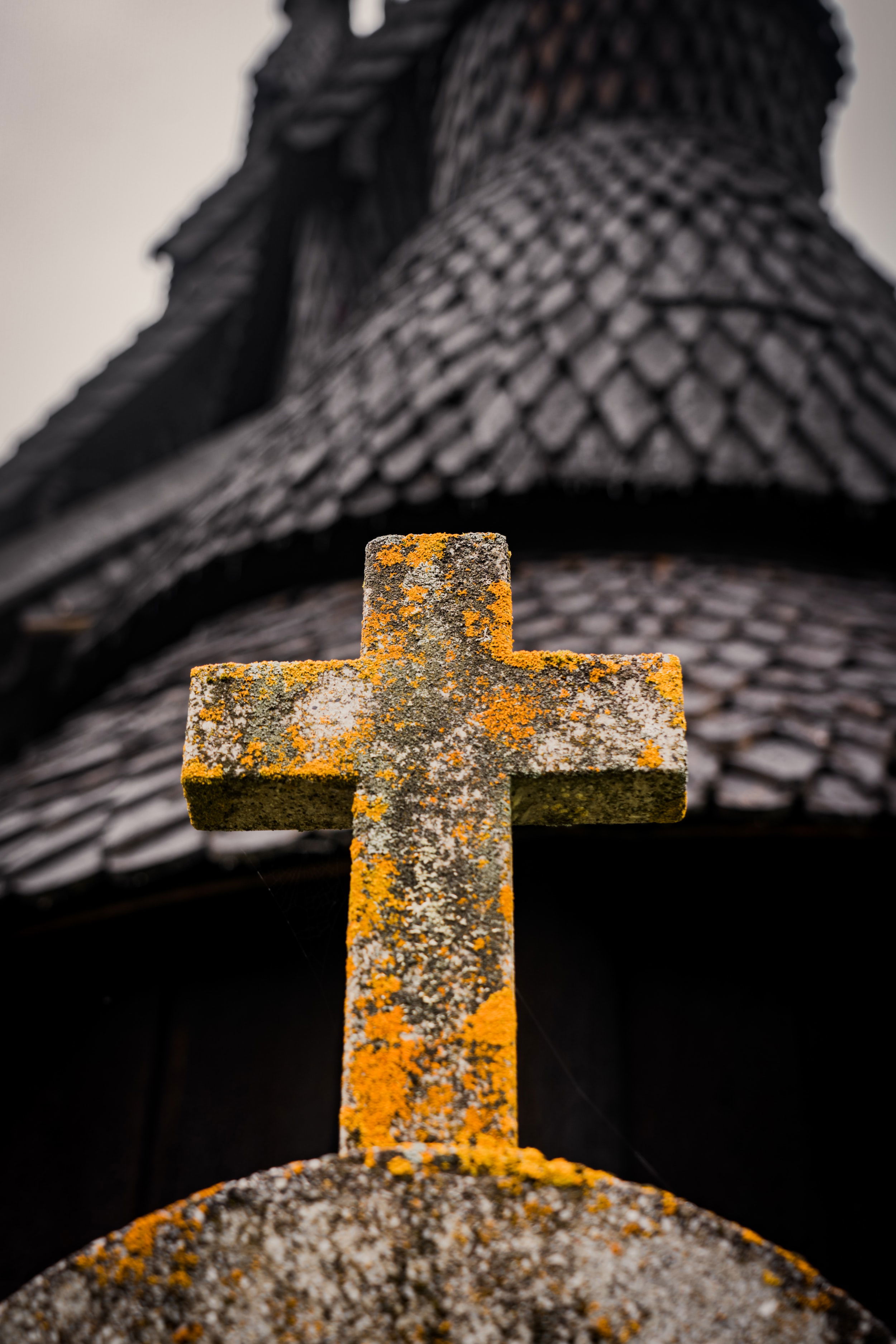
Whenever I point out a lichen, I like to explain how it is its very own ecosystem. Then, I pretend that I’m looking at a miniature city. Housed in that lichen are bacteria, viruses, and primitive one-celled organisms. Lichens are like snowflakes, no two are alike.
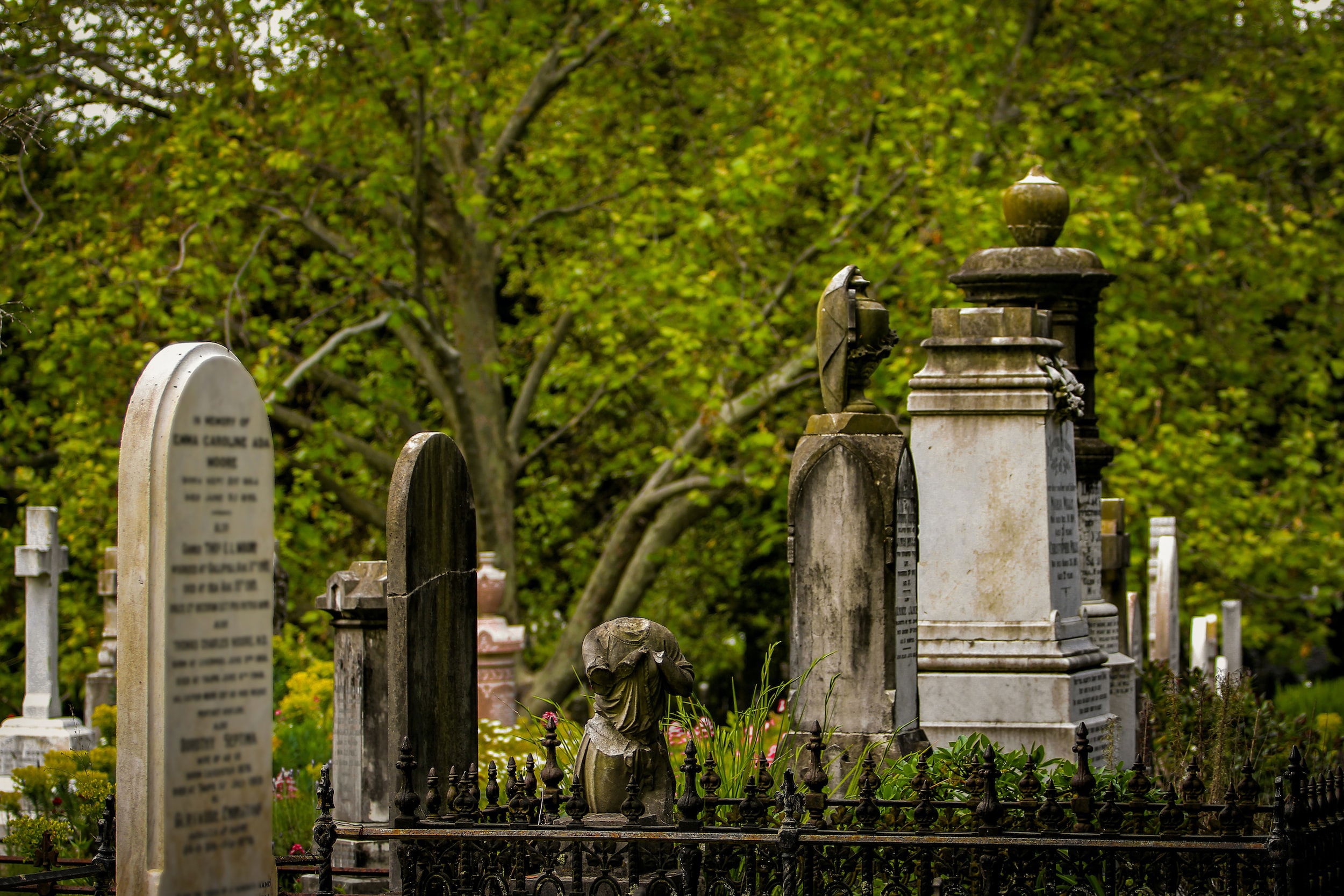
Lichens remind me of being a little girl and seeing ads for Sea-Monkeys. I believed those ads. I thought I would be housing a family of super-cute critters that had their little family life playing out in my bedroom. Lichens are like my adult version of Sea-Monkeys but without all of the disappointment. I know there’s a tiny little microscopic, thriving, and diverse community housed in each lichen and that makes seeing them always fascinating and exciting.

Lichens are composed of a fungus and an alga ( although some new research indicates that yeast might also be an important part of the symbiotic relationship.). The fungi are almost always of the sac variety. While the alga is either alga-green or blue-green or both. A lichen must attach itself to a substrate and that attachment is part of the fungi’s role. The fungi provide structure and prevent the organism from drying out. The fungi need the alga to provide food to sustain their existence through photosynthesis.
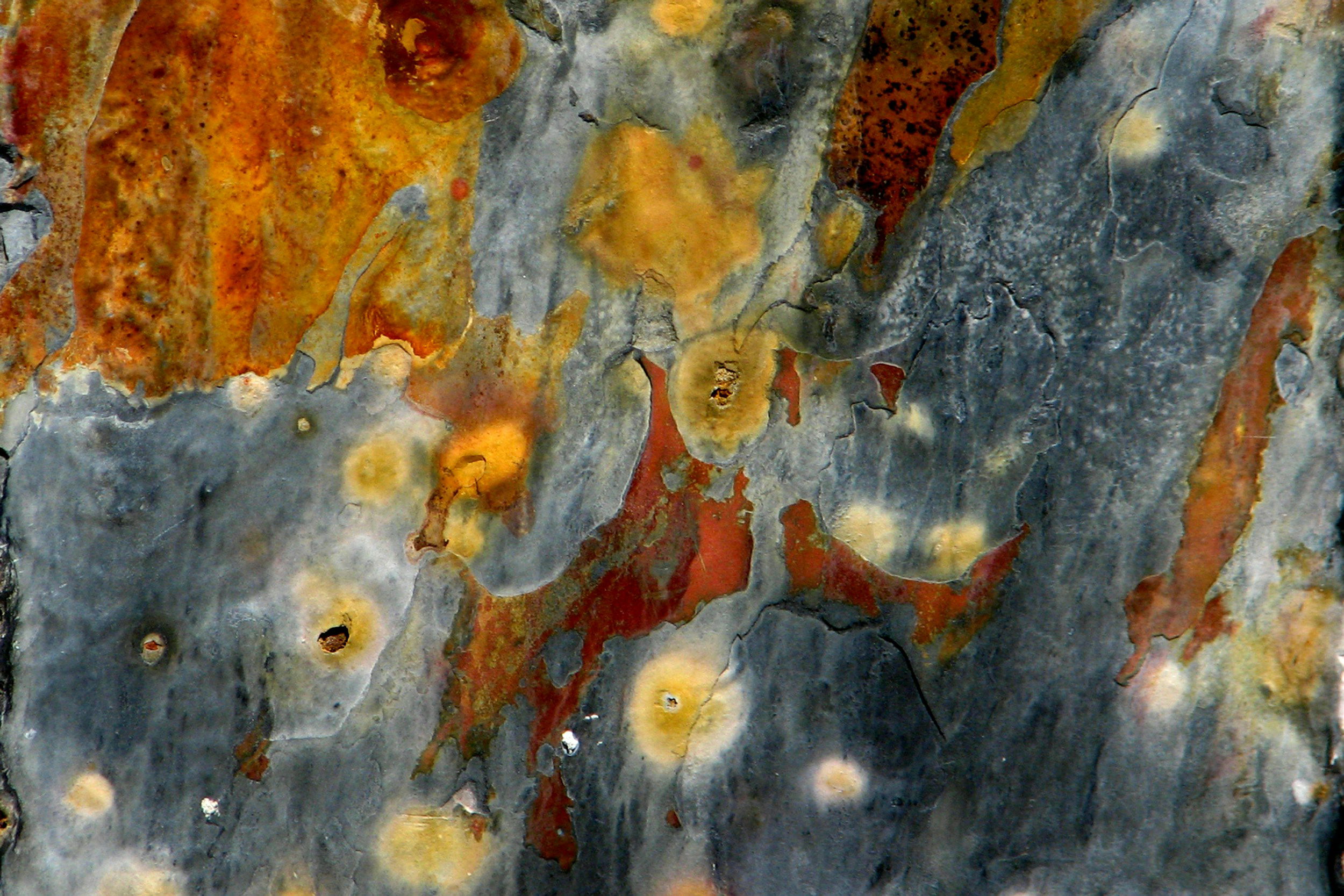
While it is primarily regarded as a symbiotic relationship, there are some signs that it might have a slight parasitic quality too. Lichens have a wide variety of colors. They can be yellow, orange, red, green, black, brown, silver, or gray. Periods of wet weather, when it’s slightly warm outside (like early Spring in the US) are when lichens are at their most colorful. During periods of drought, they tend to shrivel and lose the intensity of their color. While lichens can colonize a substrate rather quickly, their growth is measured in millimeters or less per year.
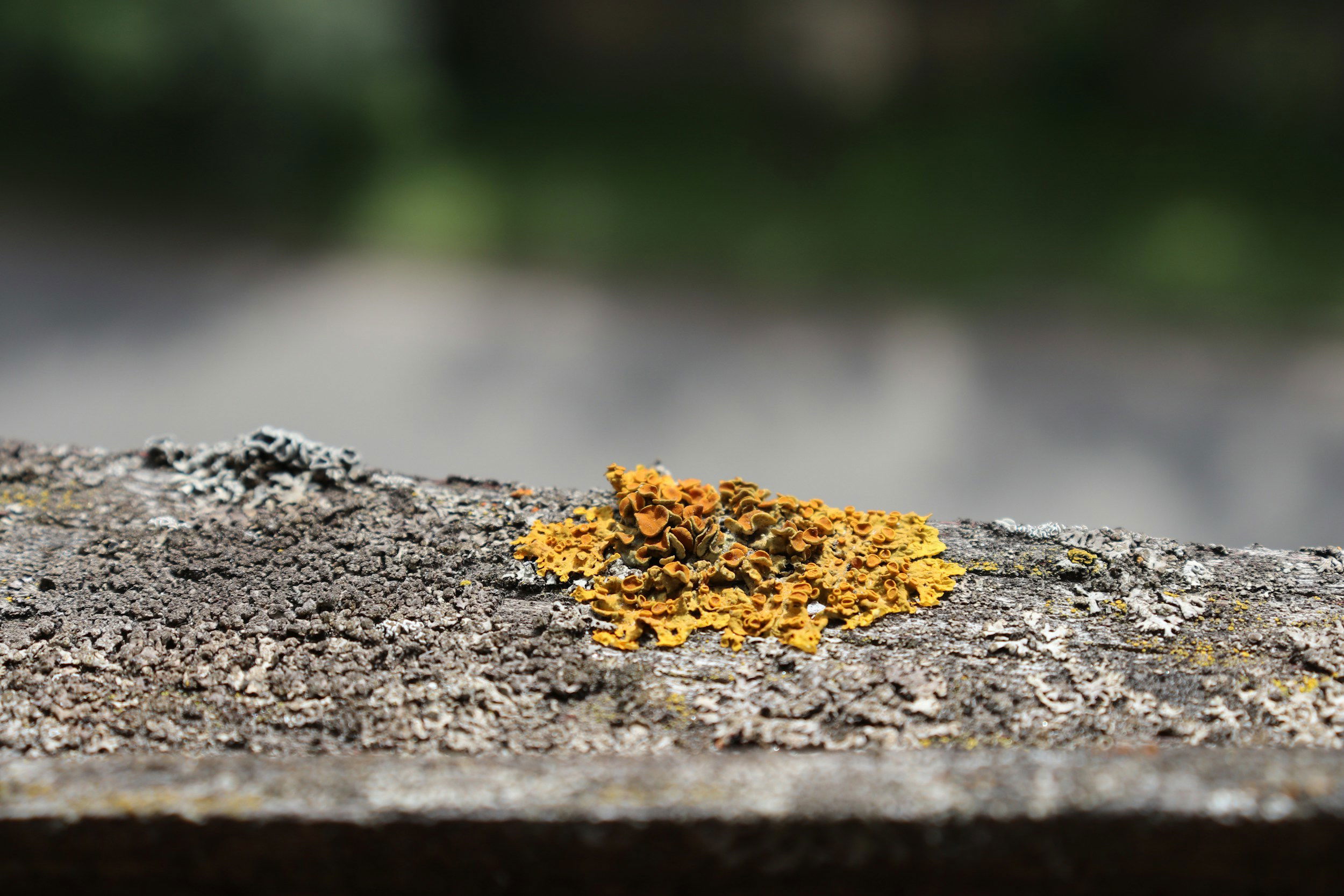
Depending on the species of lichen, it can take decades or hundreds of years for the colony to become firmly established.While I delight in looking for and photographing lichen, I still am very hesitant to trust my ability to successfully identify a species. There is so much variety.
Lichen is classified, not in the normal taxonomic way that you might be used to. Instead, they are grouped by basic shape and structure, not by species. Crustose is the first classification. Much like its name implies, these are the lichens that appear to form a crust. Foliose lichens are, like the root word here, those that appear to have foliage, or, are leaf-like. Fruticose lichen has finger-like or thread projections.
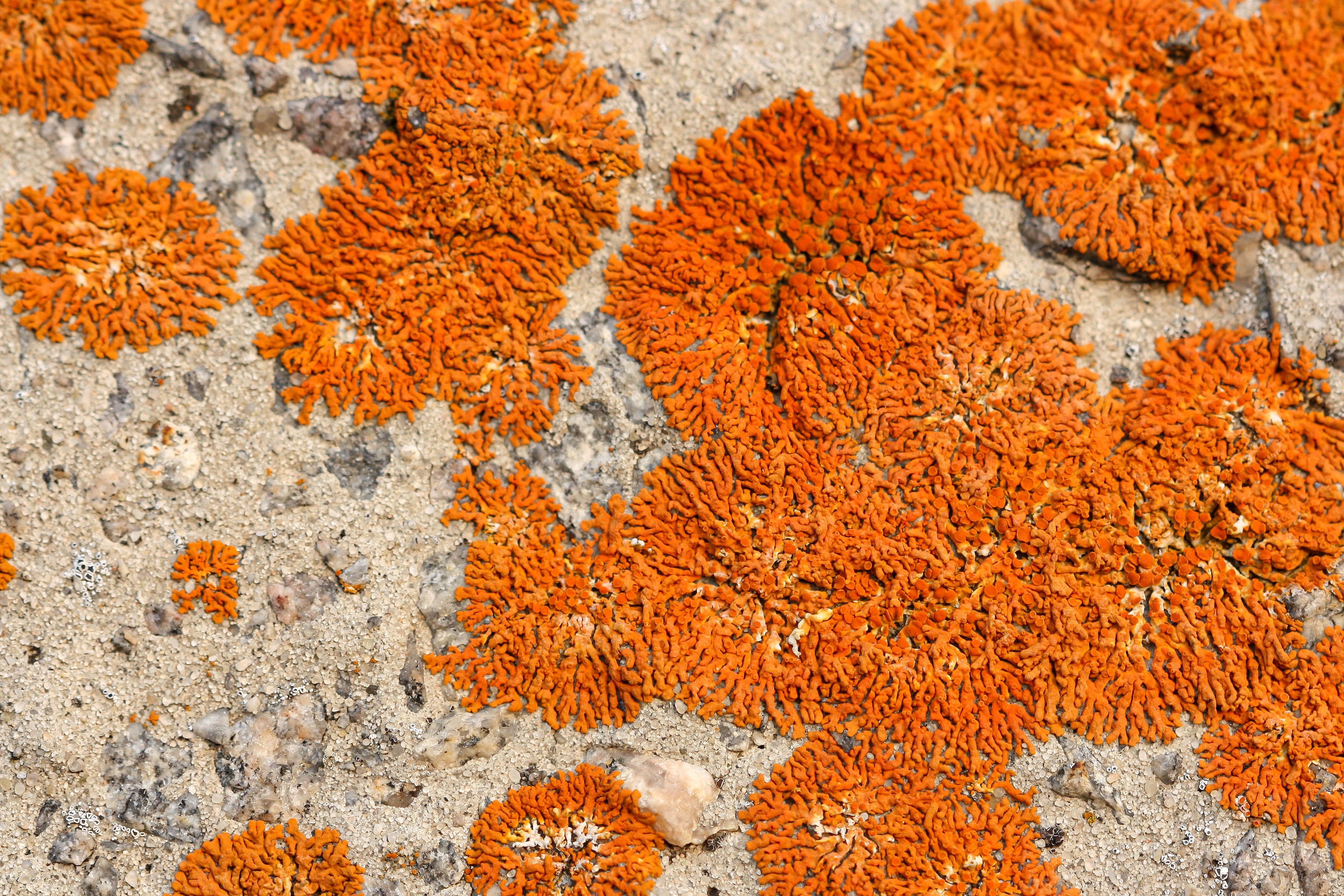
One aspect of identifying a lichen is looking at the substrate it has attached to. Lichens have very specific, and widely different needs. Since we are looking at cemeteries, I’ll just discuss the substrates that you might find lichen on, which are different stones. The calcium content on the gravestones is important for the lichens. Some species will want a higher calcium content and they will thrive on limestones, mortar, or marble. Stones that are more silica-based, in a cemetery, will be granite, slate, and possibly sandstone. Highly polished headstones and newer headstones are unlikely to house lichens.
So knowing the type of stone that you are looking at, in the cemetery, will help you identify the species of lichen if that is your goal.I love lichens because they exist. I don’t need more of a reason. However, when explaining to other people, it might be handy to explain why we should conserve them. Here are some reasons that lichens are important to our environment, to ourselves, and to other living beings. Lichens are extremely sensitive to sulfur dioxide and their presence is an indication of good air quality.
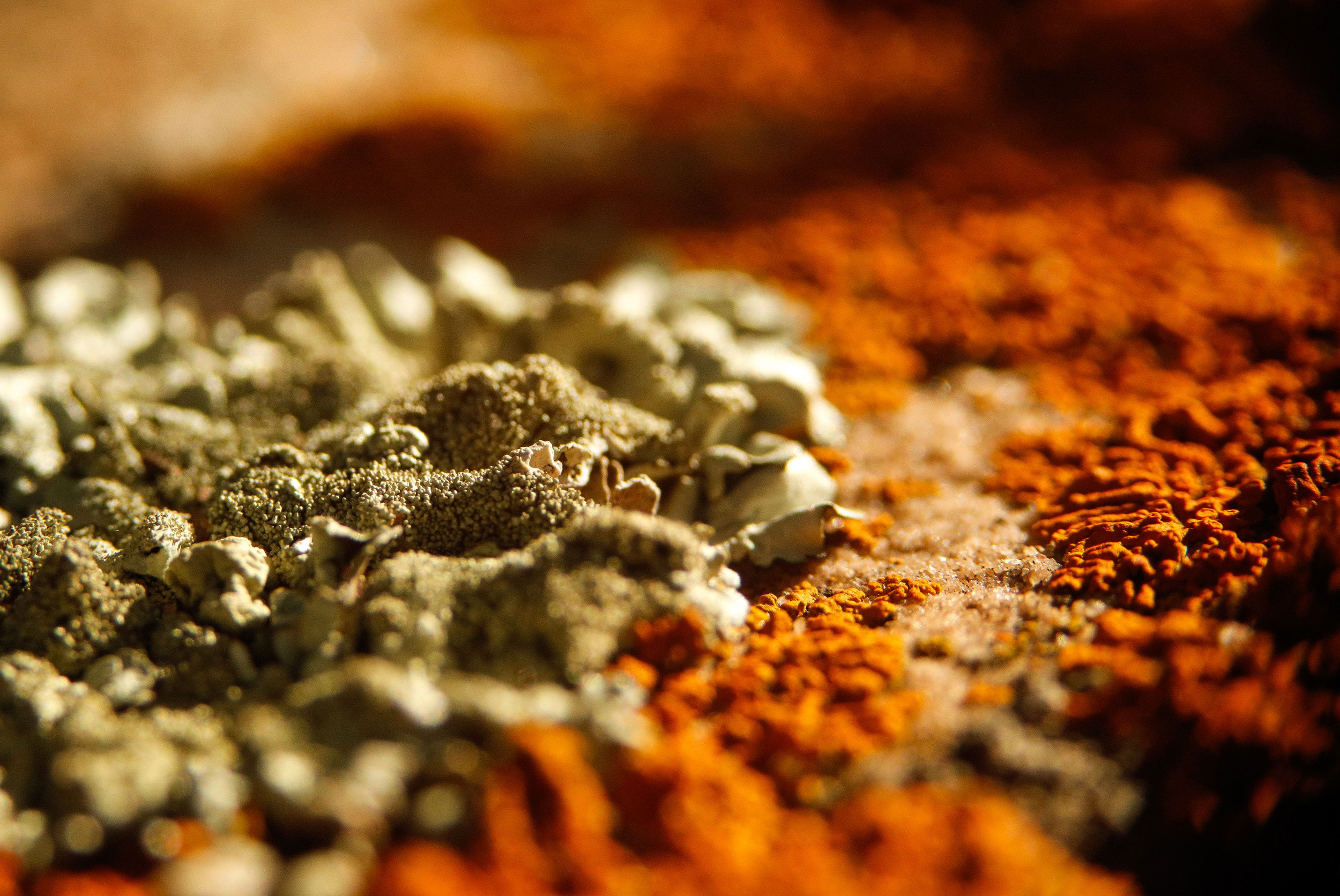
Lichens are food for many wildlife, Including, reindeer (fun fact: Reindeer moss isn’t moss. It’s a lichen), some species of hummingbirds, caterpillars, orb-weavers, flying squirrels, and invertebrates. Birds will use lichen for nesting. Some invertebrates have evolved to appear like certain species of lichen to camouflage themselves.Humans have a long history of using lichens. Lichens have been used in cooking and baking in various cultures. Fabric has been made from fiber spun from lichen. Natural dyes can also be made. Numerous medicines are attributed to lichens.
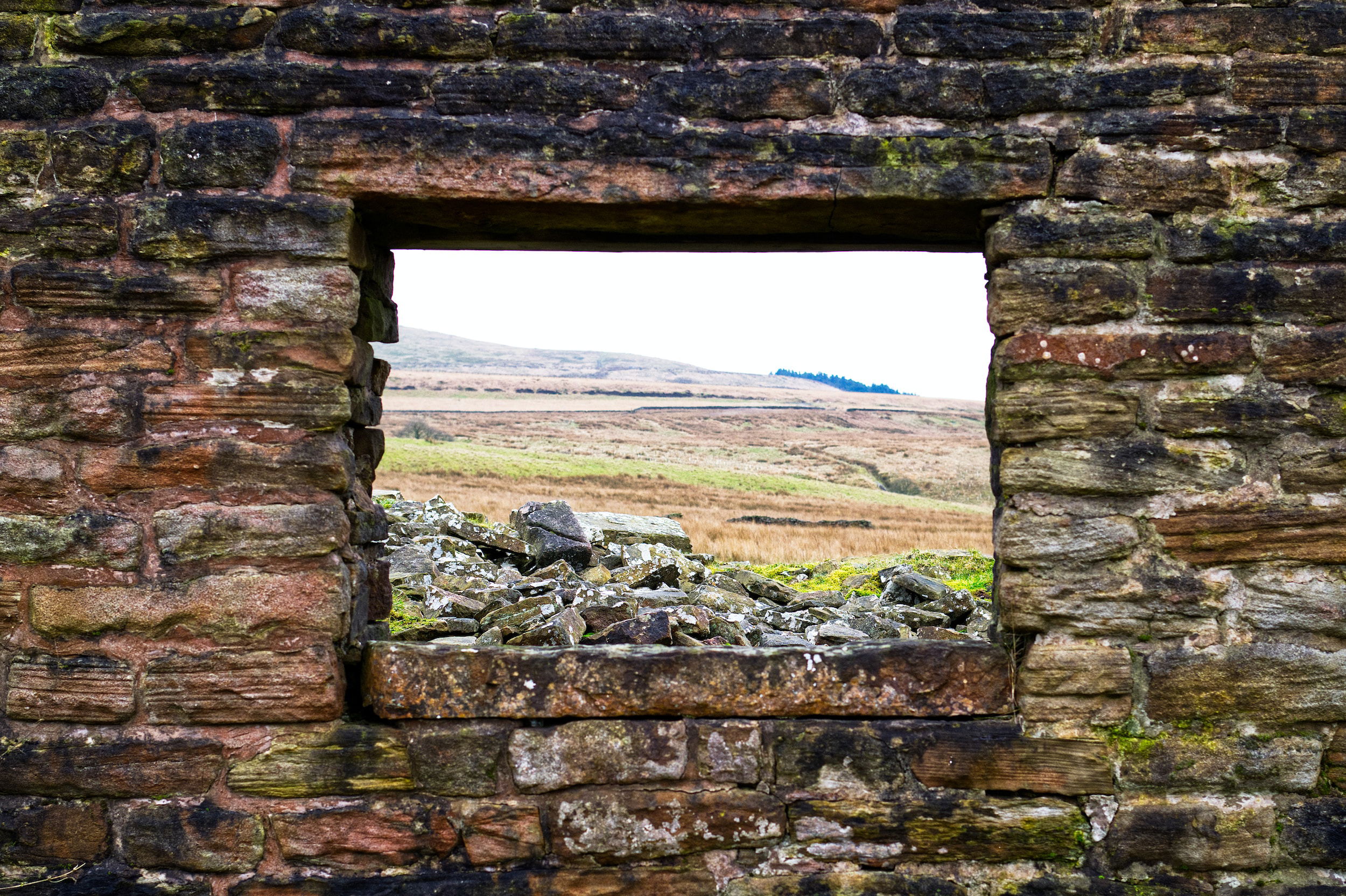
Sure, you can find lichen on trees, soil, and sand dunes. You don’t need to look for them in a cemetery. But, if you’re like me, chances are extremely high that you were going to be in a cemetery anyway. A day spent in a beautiful old cemetery is a day well spent. Cemeteries are very special places and lichen love growing in them.
Why? Cemeteries are often spared the progression of human development. Think of a cemetery as a time capsule. It sustains life that may no longer be able to thrive elsewhere. Cemeteries can stave off urban sprawl, grazing livestock, off-road vehicles, invasive plants, and other activities that degrade the natural landscape. Cemeteries are, often, the oldest man-made structures in the local landscape.
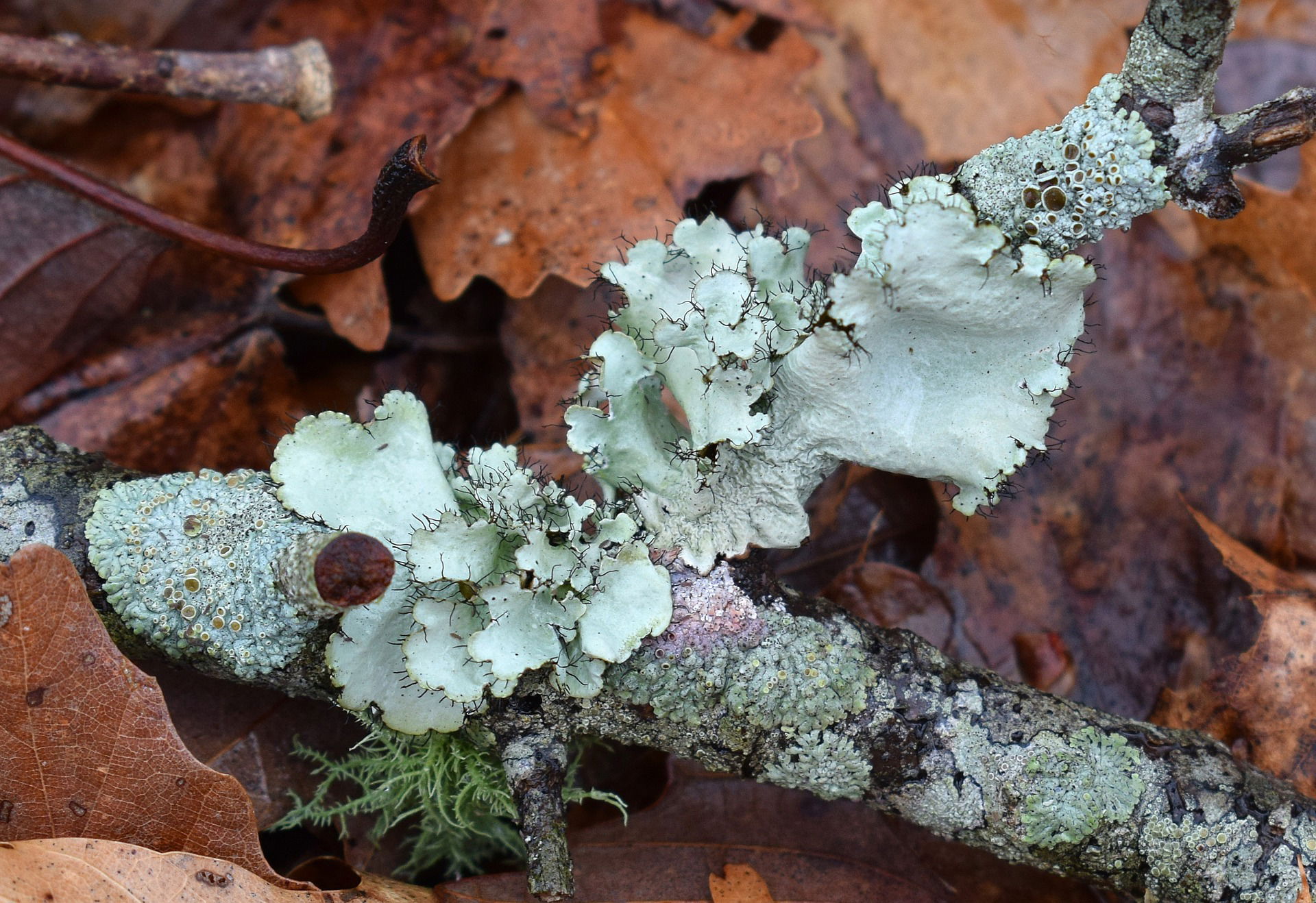
Due to lichens' slow-growing process, one can find lichens that are almost as old as the headstones. A technique called lichenometry, similar to dendrology with trees, can use lichen to help age artifacts. One could measure the growth of the lichen based on the date on the tombstone. Cemeteries can support rare species of lichen. In Lowland Britain, for instance, churchyards are the only habitat where certain lichen species can live (https://www.britishlichensociety.org.uk/conservation/churchyard/churchyard-lichen-conservation).
Cemeteries can be areas of great biodiversity. One such example involves a medieval tomb. A churchyard and the British Lichen Conservation society worked together to create a sustainable plan for the restoration of a tomb and conservation of the lichens. During the process, it was discovered that the top, of the 300-year-old tomb, alone, had over 30 species of lichens (https://www.caringforgodsacre.org.uk/case_study/conservation-of-lichens-on-a-historic-chest-tomb).
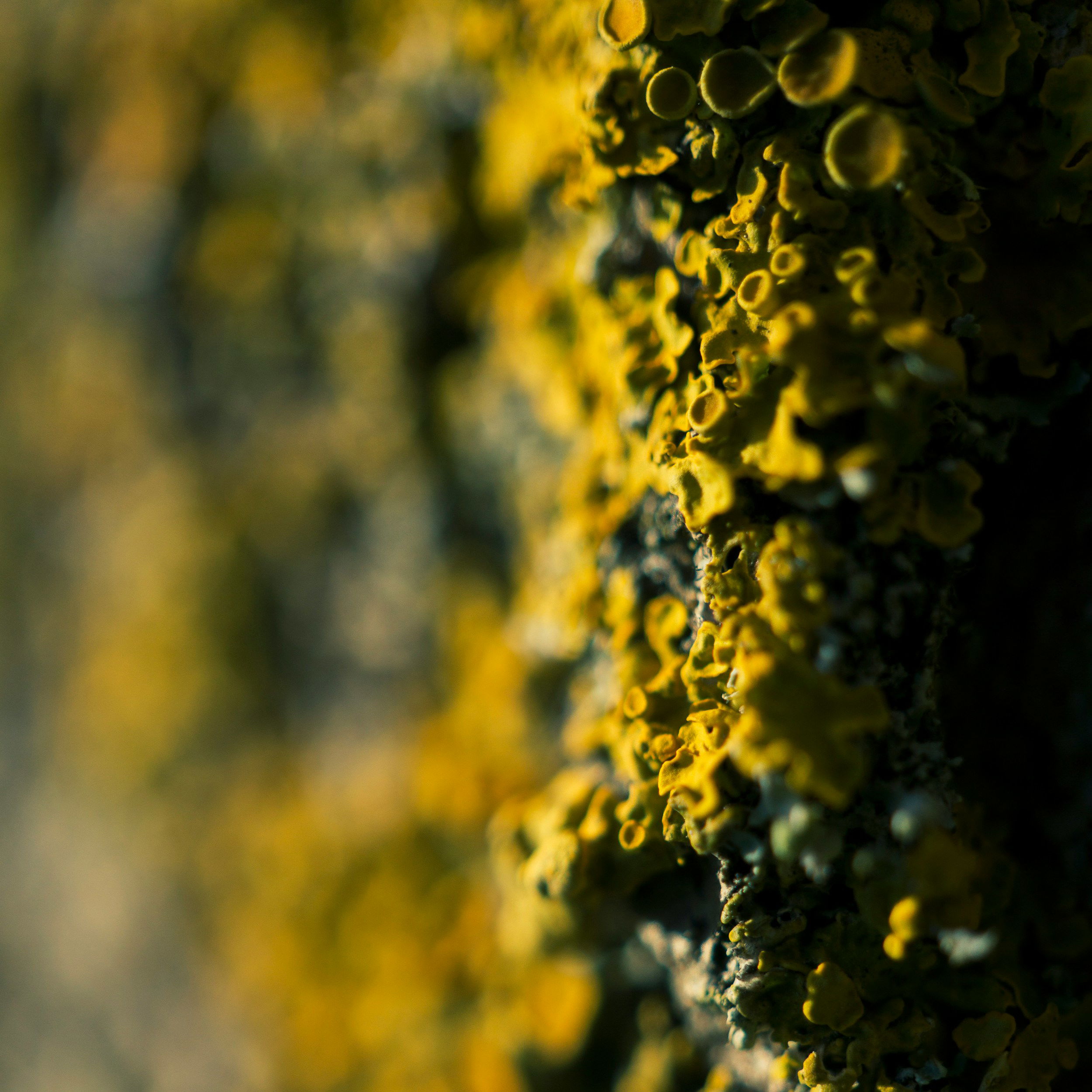
There is concern that lichen on tombstones causes the stone to decay. It’s not quite a simple cause-and-effect scenario. It does depend on the type of stone and the species of lichen. Some are barely attached to the stone, while in others, the lichen may be a few millimeters below the surface. Removing the lichen, especially without first consulting with organizations that understand lichen biology, can cause more damage to the stone and the environment (especially in cases when harsh methods or chemicals are used).
Lichens can create beautiful mosaic-like displays on tombstones. I find them enchanting and I spend more time at a cemetery where lichen grows. For my family, we are willing to volunteer, partake in fundraisers, and work at the local cemetery where the lichens aren’t regularly removed. Lichens are life coming forth in a place that memorializes the dead. I find their presence to be a poetic reminder of the cycle of life and nature's resilience.
